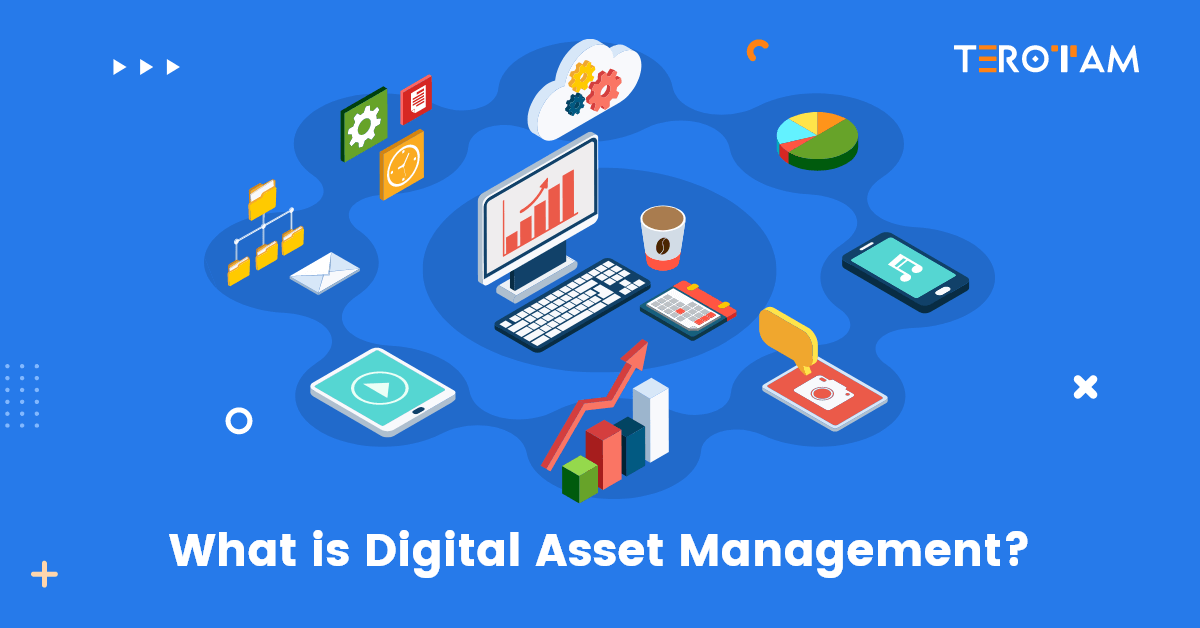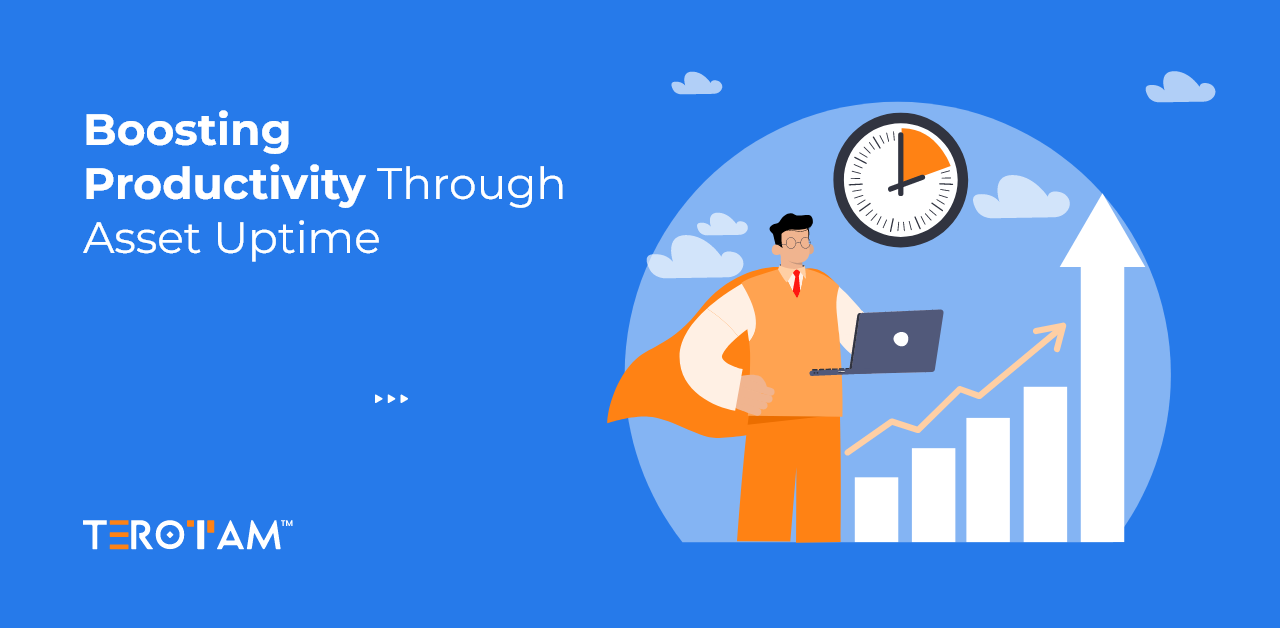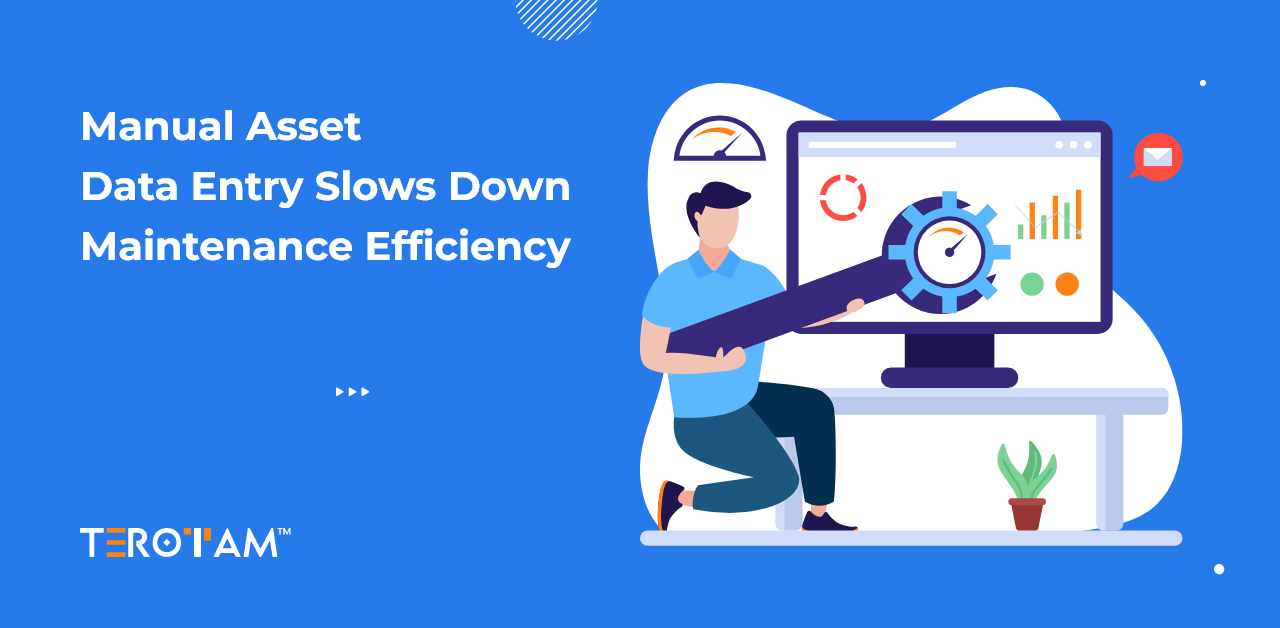Digitalization is growing with leaps and bounces and hence it is increasing the number of digital assets and its usage day-by-day in most of the business. In such a scenario, managing the variety of digital assets effectively, has become a top priority for organizations in almost every industry. This is where Digital Asset Management (DAM) comes in. It is a tool that enables businesses to streamline, arrange, and make the most of their digital resources.
Understanding its importance and growing scope, in this article, we’ll examine the fundamental concept, key aspects, and countless advantages of digital asset management, illuminating how it can help improve operations.
So, let’s check it out.
Understanding Digital Asset Management
Understanding any subject asks for a deep dive into it but you always have to start with the basics to understand and learn. Here we will take a look at concepts and key aspects of Digital Asset Management.
“Digital asset management (DAM) is a scientific approach for archiving, classifying, retrieving, and distributing digital assets, which include a variety of digital documents and media files like photos, videos, documents, graphics, audio files, and more. Since they frequently involve a considerable amount of time, imagination, and money, these assets are of enormous worth. An organized framework for managing these digital resources is the main goal of DAM.”
Let’s take a look at the key aspects of it.
Centralized Access of Digital Assets
Centralization is one of the fundamental principles of DAM. All digital assets are cataloged, categorized, and kept organized using such systems, which act as a central repository. Assets are readily accessible to authorized users across the organization thanks to this single point of access.
Effective Use of Time and Resources
The tedious chore of searching through servers and directories to find particular content is eliminated with DAM. Such systems dramatically save the time and effort needed to identify the proper digital resource by providing powerful search and classification functions.
Reduced Information Turnaround Time
It’s critical to have quick access to pertinent resources in a fast-paced business setting. Teams are better able to respond quickly to market needs, client questions, or project requirements with the accelerated information retrieval offered by such a system in place.
Simple and Secure Sharing
Collaboration is at the heart of modern business. These systems simplify asset sharing, allowing teams to collaborate seamlessly. Furthermore, access controls ensure that sensitive assets remain secure while being shared with the right individuals.
Access to the Most Up-to-Date Data and Documents
The core of contemporary business is collaboration. Team collaboration is made easier by DAM systems, which streamline asset sharing. Access restrictions also guarantee that sensitive information is shared with the appropriate people while remaining secure.
Who can benefit from Digital Asset Management System?
The benefits of implementing a DAM system are manifold and extend across various departments in almost every industry that deals with Digital assets.
Sales Department
Sales teams can swiftly access marketing collateral, product images, and sales presentations, facilitating effective communication with clients and prospects.
Marketing Department
Marketing professionals can maintain brand consistency by easily accessing approved brand assets, graphics, and promotional materials. DAM simplifies the creation and distribution of marketing campaigns.
Customer Service Department
Customer service agents can quickly retrieve product manuals, FAQs, and troubleshooting videos to provide accurate and timely support to customers.
Maintenance Department
Maintenance departments can benefit by managing equipment-related digital assets, such as maintenance procedures, schematics, and equipment history records. This ensures that technicians have easy access to critical information during maintenance activities.
HR/Admin Officials
HR teams can efficiently manage employee training materials, onboarding documents, and HR policies within a DAM system. This enhances compliance and streamlines HR processes.
Conclusion
No one can deny today that their business doesn’t have digital assets and managing them is quite different yet important as it is for physical assets. Definitely, you must also understand the importance of it. That’s why you are here to read this article and we hope we helped you understand the basics of Digital asset management.
Is that something that excites you more about this subject? Don’t worry, just reach out to our experts on contact@terotam.com or schedule an appointment now.








